Rising Incidence of Limb Loss
The rising incidence of limb loss due to various factors, including diabetes, vascular diseases, and traumatic injuries, is a significant driver in the Limb Prosthetics Market. As the global population ages, the prevalence of conditions leading to limb loss is expected to increase, thereby driving demand for prosthetic solutions. Recent estimates indicate that millions of individuals worldwide are living with limb loss, creating a substantial market for prosthetic devices. This growing patient population necessitates advancements in prosthetic technology and increased production capacity. Consequently, the Limb Prosthetics Market is likely to expand as manufacturers respond to the urgent need for effective and innovative prosthetic solutions that cater to this demographic.
Government Initiatives and Support
Government initiatives and support play a pivotal role in shaping the Limb Prosthetics Market. Many countries are implementing policies aimed at improving access to prosthetic devices, including funding programs and subsidies for patients. These initiatives are designed to alleviate the financial burden associated with prosthetic procurement, thereby increasing accessibility for those in need. Recent government reports indicate a trend towards enhanced support for rehabilitation services, which often include prosthetic fitting and maintenance. As these programs gain momentum, the Limb Prosthetics Market is expected to benefit from increased demand for prosthetic devices, as more individuals are empowered to seek the solutions they require. This supportive environment is likely to foster innovation and competition among manufacturers, further enhancing the market landscape.
Personalization and Customization Trends
The demand for personalized and customized solutions in the Limb Prosthetics Market is on the rise. Patients increasingly seek prosthetics tailored to their specific needs, preferences, and lifestyles. This trend is supported by advancements in manufacturing technologies, such as additive manufacturing, which enable the creation of bespoke prosthetic devices. Market data indicates that the customization segment is expanding, with a notable increase in sales of prosthetics that cater to individual anatomical and functional requirements. This shift towards personalization not only enhances user satisfaction but also improves overall functionality and comfort. As the Limb Prosthetics Market continues to adapt to these consumer preferences, manufacturers are likely to invest more in research and development to create innovative, tailored solutions.
Increased Accessibility and Affordability
Accessibility and affordability are critical drivers in the Limb Prosthetics Market. As healthcare systems evolve, there is a growing emphasis on making prosthetic devices more accessible to a broader population. Initiatives aimed at reducing costs and improving insurance coverage for prosthetics are gaining traction. Recent statistics suggest that the market for affordable prosthetic solutions is expanding, with a projected increase in demand from low- and middle-income countries. This trend is likely to enhance the quality of life for many individuals who require prosthetic limbs but face financial barriers. The Limb Prosthetics Market is thus positioned to benefit from these changes, as manufacturers and healthcare providers collaborate to create cost-effective solutions that meet the needs of diverse populations.
Technological Advancements in Limb Prosthetics
The Limb Prosthetics Market is experiencing a transformative phase due to rapid technological advancements. Innovations such as 3D printing, robotics, and artificial intelligence are revolutionizing the design and functionality of prosthetic limbs. For instance, the integration of smart sensors allows for real-time adjustments, enhancing user experience and mobility. According to recent data, the market for advanced prosthetics is projected to grow significantly, with estimates suggesting a compound annual growth rate of over 7% in the coming years. This growth is driven by the increasing demand for high-performance prosthetics that offer improved functionality and comfort. As technology continues to evolve, the Limb Prosthetics Market is likely to witness further enhancements, making prosthetics more accessible and effective for users.


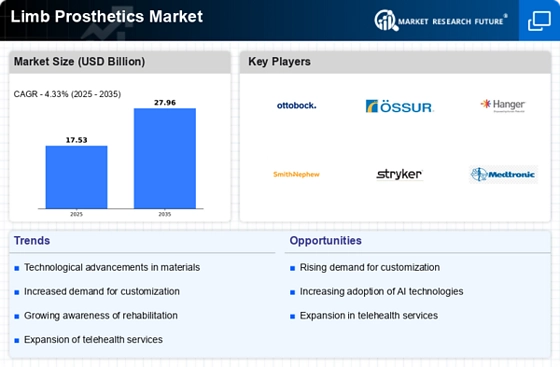
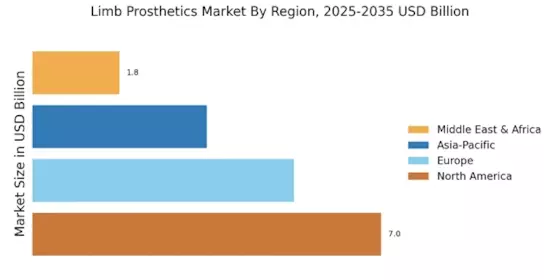
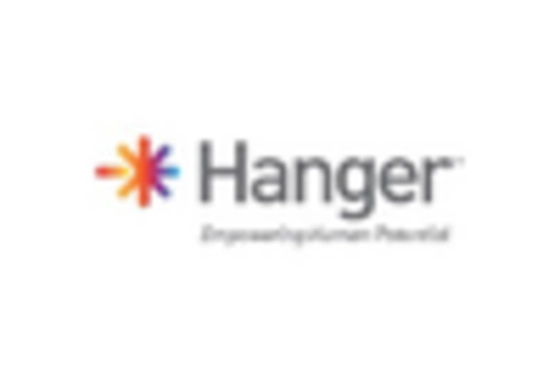

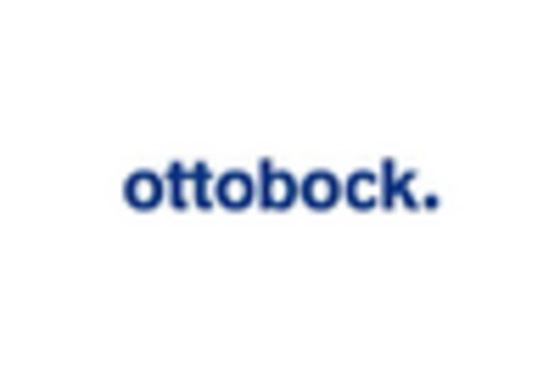
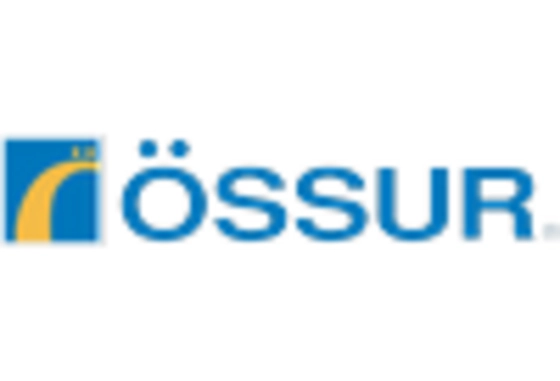

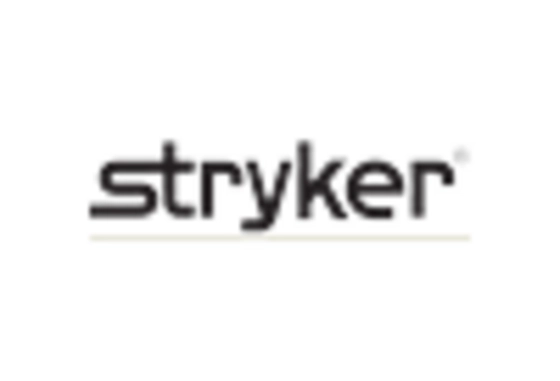








Leave a Comment